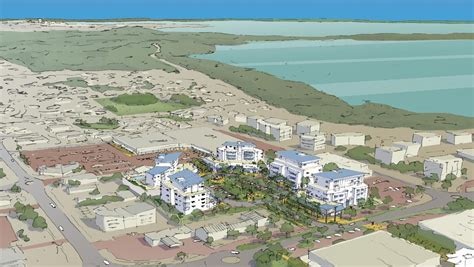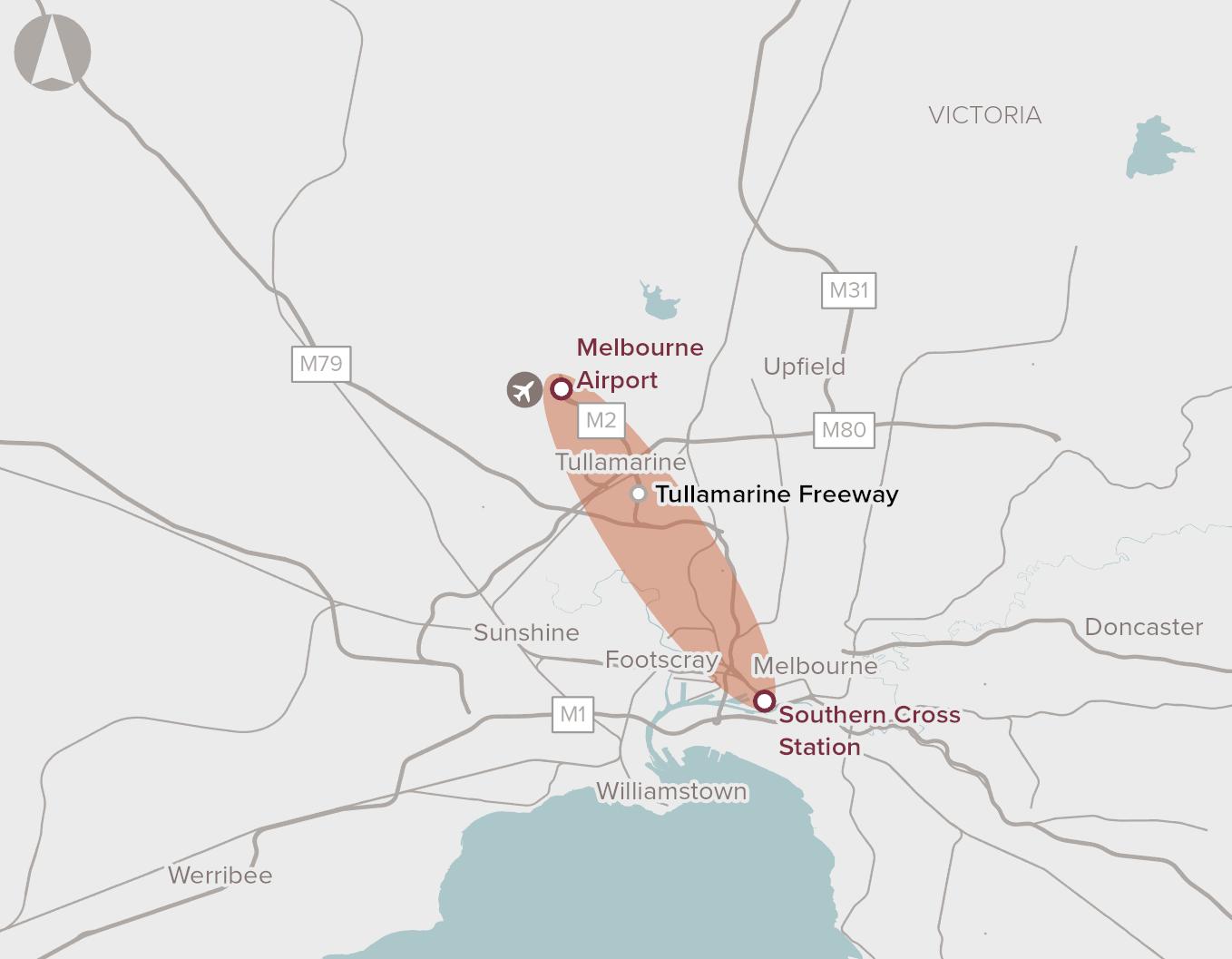Chart Color Schemes
est. as @ -- *
ABS ERP | -- people | --
2021 Census | -- people
Sales Activity
Curious about local property values? Filter the chart to assess the volume and appreciation (including resales) trends and regional comparisons, or scroll to the map below view this information at an individual property level.
Find a Recent Sale
Sales Detail
Population
An assessment of population growth drivers in Wanguri reveals an overall ranking slightly below national averages considering recent, and medium term trends
Wanguri's population was approximately 1,866 as of August 2025. This figure represents an increase of 30 people from the 2021 Census count of 1,836 individuals. The change is inferred from the estimated resident population of 1,866 in June 2024 and address validation since the Census date. This results in a population density ratio of 2,096 persons per square kilometer, exceeding the average seen across national locations assessed by AreaSearch. Overseas migration contributed approximately 56.6% of overall population gains during recent periods, driving primary growth for the area.
AreaSearch is adopting ABS/Geoscience Australia projections for each SA2 area, released in 2024 with a base year of 2022. For areas not covered by this data and to estimate post-2032 growth, AreaSearch applies age cohort-specific growth rates provided by the ABS in its latest Greater Capital Region projections (released in 2023, based on 2022 data). Projecting demographic shifts indicates an above-median population growth for national statistical areas. Wanguri is expected to grow by 340 persons to 2041, with an overall increase of 18.2% over the 17-year period.
Frequently Asked Questions - Population
Development
The level of residential development activity in Wanguri is very low in comparison to the average area assessed nationally by AreaSearch
Wanguri has recorded approximately zero residential properties granted approval each year. Development approval data is produced by the ABS on a financial year basis, with three dwellings approved over the past five financial years from FY20 to FY25, and zero recorded so far in FY26. The area has experienced population decline, suggesting that new supply has likely been keeping up with demand, offering good choice to buyers. New homes are being built at an average expected construction cost value of $288,000, which is below the regional average, suggesting more affordable housing options for buyers.
Additionally, $350,000 in commercial development approvals have been recorded this financial year, indicating a predominantly residential focus. Compared to Greater Darwin, Wanguri records markedly lower building activity, with 68.0% below the regional average per person. This constrained new construction usually reinforces demand and pricing for existing properties, though construction activity has intensified recently. This is also below average nationally, reflecting the area's maturity and possible planning constraints. Recent development has been entirely comprised of detached houses, maintaining the area's traditional suburban character with a focus on family homes appealing to those seeking space. The location has approximately 786 people per dwelling approval, demonstrating an established market.
Frequently Asked Questions - Development
Infrastructure
Wanguri has limited levels of nearby infrastructure activity, ranking in the 2ndth percentile nationally
Area infrastructure changes significantly impact local performance. AreaSearch identified three projects influencing the area: - Royal Darwin Hospital's Mental Health Inpatient Unit and CSSD upgrades - Edgeview Court Water Main Replacement - Casuarina Square Redevelopment - Casuarina Aquatic and Leisure Centre Relevant details are listed below.
Professional plan users can use the search below to filter and access additional projects.
INFRASTRUCTURE SEARCH
Frequently Asked Questions - Infrastructure
Royal Darwin Hospital (RDH) Mental Health Inpatient Unit and CSSD upgrades
Three-storey mental health facility on the RDH campus delivering 24 beds (18 inpatient + 6-bed Stabilisation Assessment and Referral Area) connected to the Emergency Department by an enclosed elevated walkway, plus upgrades to the Central Services Sterilisation Department. Managing Contractor: Sitzler. Architects: Ashford Architects (now Ashford Lamaya). Construction commenced 2023 and is tracking toward completion in 2025.

John Stokes Square Redevelopment
The Nightcliff area in Northern Territory is undergoing redevelopment, with works in the John Stokes Square already underway. The redevelopment will feature a 24 Hour Police Station, specifically designed public housing including for seniors and people living with disabilities, a pedestrian-friendly link between the Nightcliff Village and Nightcliff Shopping Centre, open space and the expansion of local services. The construction of these important amenities will create more than 250 local jobs over the lifetime of the project.

Desert Springs Octopus Renewable Energy Program
Majority Indigenous-owned developer pursuing a near-term pipeline of grid-connected solar and battery projects along the Darwin-Katherine Electricity System, with potential to expand into wind and green hydrogen. Partnership includes Octopus Australia with Larrakia Nation and Jawoyn Association to deliver utility-scale renewable energy and community benefit sharing.

Hudson Creek Power Station
12MW natural gas-fired power plant, NT's first privately owned grid-connected gas generation facility. Features 25% lower emissions than average NT gas generators. Part of dual project with Batchelor Solar Farm, creating 162 construction jobs and providing vital grid stability to Darwin-Katherine network.

Marine Industry Park
Marine and offshore industries servicing hub at East Arm, Darwin. Stage 1 planning approval is secured for a purpose-built industrial subdivision near the new Darwin Ship Lift, with expressions of interest open for serviced lots. Existing common-user facilities include an all-tide barge ramp (first point of entry) and a secure hardstand supporting storage and fabrication activities.

Darwin Corporate Park
Darwin Corporate Park is a premier business park for mixed use commercial office space located in what is now recognised as the centre of greater Darwin.

Frances Bay Mooring Basin lock upgrade
The Northern Territory Government has completed a $20 million upgrade of the Frances Bay Mooring Basin lock. The upgrade includes delivering new lock doors, modernising mechanical and electrical systems, and extending the life of the asset to ensure long-term sustainability, efficiency, and safety for industries such as seafood, pearling, and charter vessels.

Edgeview Court Water Main Replacement
Replacement of approximately 430 metres of DN150 DICL water main in Edgeview Court, Leanyer. This project, awarded to a contractor by Power and Water Corporation, aims to upgrade local water infrastructure, ensuring reliable water supply to residents.

Employment
The employment environment in Wanguri shows above-average strength when compared nationally
Wanguri has an educated workforce with notable representation in essential services sectors. Its unemployment rate stands at 3.3%, with estimated employment growth of 3.0% over the past year as of June 2025.
In this month, 1,076 residents are employed while the unemployment rate is 0.3% higher than Greater Darwin's rate of 3.0%. Workforce participation in Wanguri is lower at 66.4%, compared to Greater Darwin's 69.7%. The dominant employment sectors among residents include health care & social assistance, public administration & safety, and education & training. Wanguri has a particular specialization in health care & social assistance, with an employment share of 1.2 times the regional level.
However, public administration & safety has limited presence at 14.3%, compared to the regional average of 19.5%. The area appears to offer limited local employment opportunities, as indicated by the difference between Census working population and resident population. Over the 12 months to June 2025, employment increased by 3.0% while labour force grew by 2.9%, keeping unemployment broadly flat. In comparison, Greater Darwin saw employment grow by 2.9%, with a marginal decrease in unemployment. State-level data from Sep-25 shows NT employment grew by 1.0% year-on-year, adding 1,710 jobs, and the state's unemployment rate stood at 4.2%. This compares favourably to the national unemployment rate of 4.5%, with NT's employment growth outpacing the national average of 0.26%. Jobs and Skills Australia's national employment forecasts from May 2025 project national employment growth of 6.6% over five years and 13.7% over ten years. Applying these projections to Wanguri's employment mix suggests local growth of approximately 6.7% over five years and 13.8% over ten years, based on a simple weighting extrapolation for illustrative purposes.
Frequently Asked Questions - Employment
Income
Income metrics indicate excellent economic conditions, with the area achieving higher performance than 75% of national locations assessed by AreaSearch
Wanguri's median income among taxpayers was $58,583 in financial year 2022. The average income stood at $68,226 during the same period. These figures compare to those for Greater Darwin, which were $65,522 and $75,260 respectively. By March 2025, estimated median and average incomes in Wanguri would be approximately $64,699 and $75,349 based on Wage Price Index growth of 10.44% since financial year 2022. Census data from 2021 shows that incomes in Wanguri rank highly nationally, with household, family, and personal incomes all between the 77th and 89th percentiles. The largest income segment comprises 29.7% of residents earning $1,500 - 2,999 weekly, consistent with broader regional trends showing 36.7% in the same category. Notably, 38.0% earn above $3,000 weekly, reflecting prosperity pockets driving local economic activity. Housing expenses account for 13.6% of income, while strong earnings place residents within the 90th percentile for disposable income. The area's SEIFA income ranking places it in the 6th decile.
Frequently Asked Questions - Income
Housing
Wanguri is characterized by a predominantly suburban housing profile, with above-average rates of outright home ownership
Wanguri's housing structure, as per the latest Census, consisted of 91.1% houses and 8.9% other dwellings (semi-detached, apartments, 'other' dwellings). This compares to Darwin metro's 68.4% houses and 31.6% other dwellings. Home ownership in Wanguri stood at 28.0%, with mortgaged dwellings at 40.5% and rented ones at 31.5%. The median monthly mortgage repayment was $2,167, higher than Darwin metro's average of $2,028. Median weekly rent in Wanguri was $410, compared to Darwin metro's $350. Nationally, Wanguri's mortgage repayments exceeded the Australian average of $1,863, while rents were above the national figure of $375.
Frequently Asked Questions - Housing
Household Composition
Wanguri features high concentrations of group households and family households, with a higher-than-average median household size
Family households account for 78.3% of all households, consisting of 38.4% couples with children, 24.4% couples without children, and 12.2% single parent families. Non-family households make up the remaining 21.7%, with lone person households at 17.6% and group households comprising 4.9%. The median household size is 3.0 people, which is larger than the Greater Darwin average of 2.7 people.
Frequently Asked Questions - Households
Local Schools & Education
Wanguri performs slightly above the national average for education, showing competitive qualification levels and steady academic outcomes
Wanguri has a higher percentage of residents aged 15+ with university qualifications (32.3%) compared to the Northern Territory average (27.3%). Bachelor degrees are the most common at 20.6%, followed by postgraduate qualifications (7.3%) and graduate diplomas (4.4%). Vocational credentials are also prevalent, with 32.2% of residents aged 15+ holding such qualifications.
This includes advanced diplomas (9.5%) and certificates (22.7%). Educational participation is high in Wanguri, with 34.7% of residents currently enrolled in formal education. This includes primary education (11.8%), secondary education (10.2%), and tertiary education (6.7%). Wanguri Primary School serves the local community, enrolling 322 students. The school operates under typical Australian conditions with an ICSEA score of 1003, indicating balanced educational opportunities. It focuses exclusively on primary education, with secondary options available in nearby areas.
Frequently Asked Questions - Education
Schools Detail
Nearby Services & Amenities
Transport
Transport servicing is good compared to other areas nationally based on assessment of service frequency, route connectivity and accessibility
Wanguri has six active public transport stops, all serving buses. These stops are covered by twenty different routes that together facilitate 944 weekly passenger trips. Residents enjoy excellent transport accessibility, with an average distance of 191 meters to the nearest stop.
The service frequency is 134 trips per day across all routes, which amounts to about 157 weekly trips per individual stop.
Frequently Asked Questions - Transport
Transport Stops Detail
Health
Wanguri's residents are extremely healthy with prevalence of common health conditions low among the general population across older, at risk cohorts
Analysis of health metrics shows strong performance throughout Wanguri. Prevalence of common health conditions is low among the general population across older cohorts and those at risk.
The rate of private health cover is fairly high, approximately 54% of the total population (around 1,002 people). This compares to a rate of 56.7% across Greater Darwin. The most common medical conditions in Wanguri are arthritis and diabetes, impacting 6.1 and 5.4% of residents respectively. A total of 74.8% of residents declared themselves completely clear of medical ailments, compared to 77.0% across Greater Darwin. In Wanguri, 15.1% of residents are aged 65 and over (282 people), which is higher than the 12.3% in Greater Darwin.
Frequently Asked Questions - Health
Cultural Diversity
Wanguri was found to be more culturally diverse than the vast majority of local markets in Australia, upon assessment of a range of language and cultural background related metrics
Wanguri had a higher cultural diversity than most local markets, with 30.6 percent of its population born overseas and 30.9 percent speaking a language other than English at home. Christianity was the predominant religion in Wanguri, comprising 45.4 percent of its people. However, Buddhism showed an overrepresentation in Wanguri, making up 4.5 percent compared to the regional average of 4.1 percent.
For ancestry, the top three groups were Australian (20.4%), English (18.6%), and Other (14.8%). Notably, Greeks were overrepresented at 5.5 percent in Wanguri compared to the regional figure of 3.7 percent, Filipinos were slightly underrepresented at 3.7 percent versus a regional average of 4.7 percent, and Australian Aboriginal people showed a slight overrepresentation at 6.9 percent compared to 7.4 percent regionally.
Frequently Asked Questions - Diversity
Age
Wanguri's population is slightly older than the national pattern
Wanguri's median age is 39 years, which is higher than Greater Darwin's average of 34 years and close to Australia's median age of 38 years. Compared to Greater Darwin, Wanguri has a higher proportion of residents aged 55-64 at 13.1%, but fewer residents aged 25-34 at 11.2%. Between the 2021 Census and present, the 15 to 24 age group has increased from 11.3% to 13.2%, while the 65 to 74 cohort has risen from 7.5% to 9.0%. Conversely, the 45 to 54 cohort has declined from 15.6% to 13.8%, and the 25 to 34 group has dropped from 12.6% to 11.2%. By 2041, Wanguri's age profile is projected to change significantly. The 45 to 54 cohort is expected to grow by 21%, adding 54 residents to reach a total of 313. Meanwhile, the 0 to 4 cohort is projected to grow by a modest 6%, an increase of 6 people.






